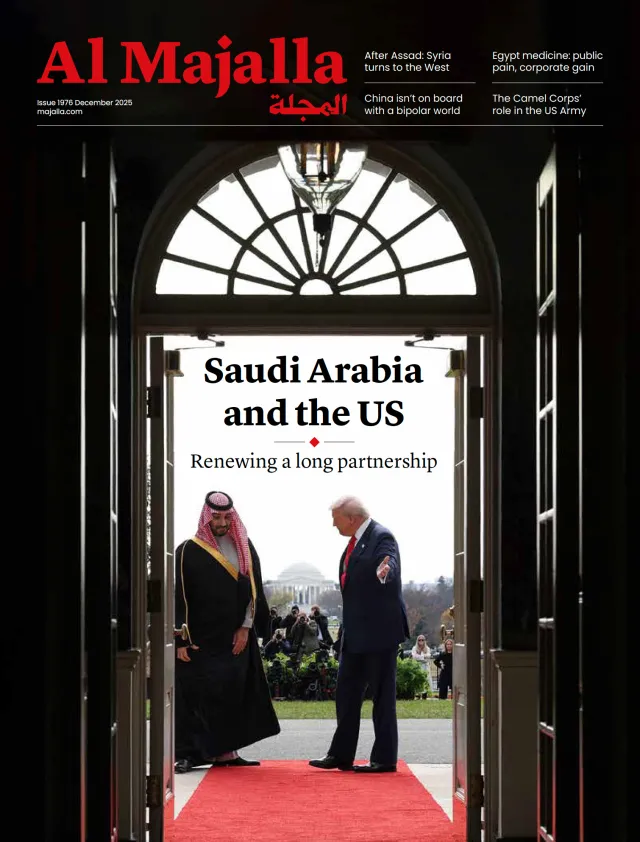Unresolved housing, land, and property (HLP) violations are fuelling a wave of local conflicts across Syria, threatening to derail an already fragile recovery. These disputes are surfacing in various forms. In Damascus’ al-Qadam neighbourhood, clashes erupted between residents over competing claims to war-damaged homes.
In the informal district of al-Somoriyeh, security forces carried out violent evictions on behalf of rival claimants. In Homs, a redevelopment initiative in the Boulevard al-Nasser area triggered a standoff between displaced residents and investors.
Though each case has its own actors and local dynamics, none are isolated. They are the aftershocks of a regime that wielded laws not to maintain order, but to consolidate control. Under Bashar al-Assad, HLP violations were institutionalised as a means of punishing dissent, rewarding loyalty, and reshaping demographics—all under the veneer of legality.
Syria’s transitional authorities have begun to reckon with this legacy: repealing discriminatory legislation, establishing local HLP committees, and assigning courts to review wartime cases. But these efforts remain slow and fragmented, offering little comfort to victims still waiting for recognition, restitution, or redress.
Until property rights are meaningfully restored, these unresolved disputes will continue to harden divisions, fuel instability, and threaten any credible path toward lasting peace.




